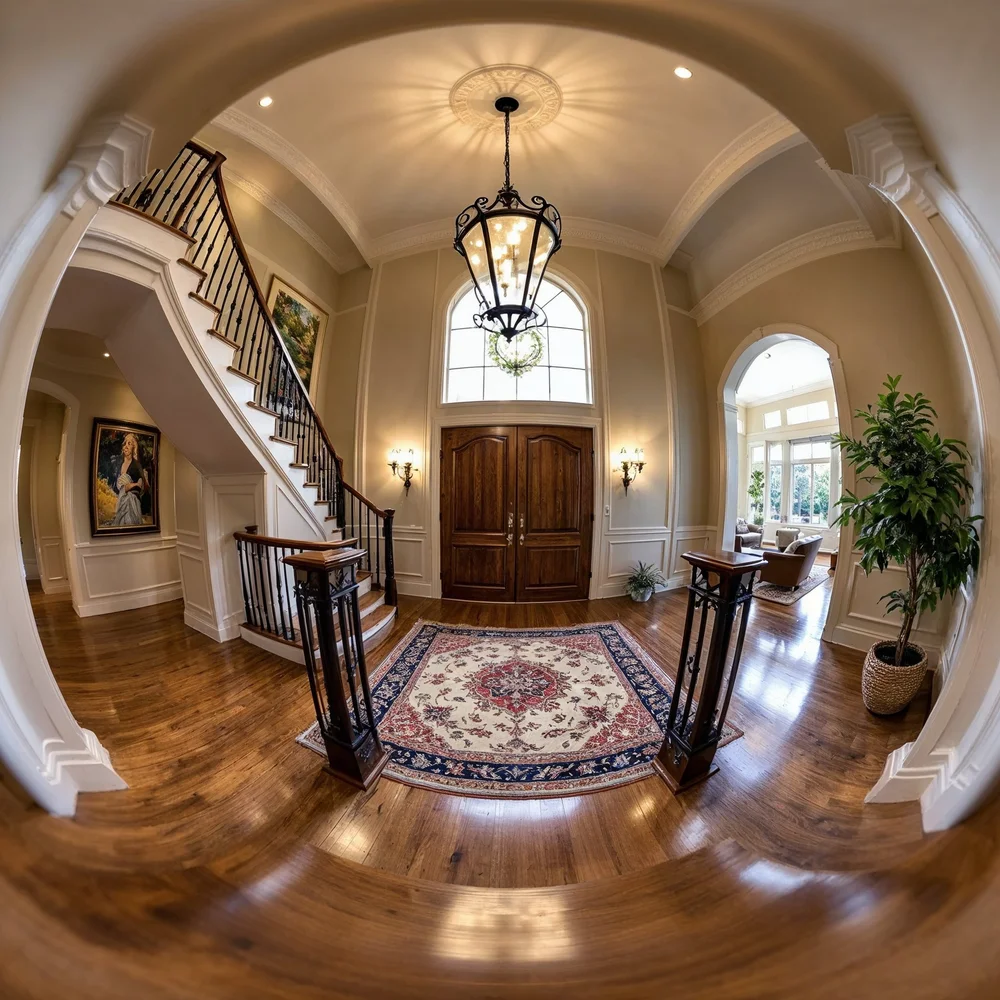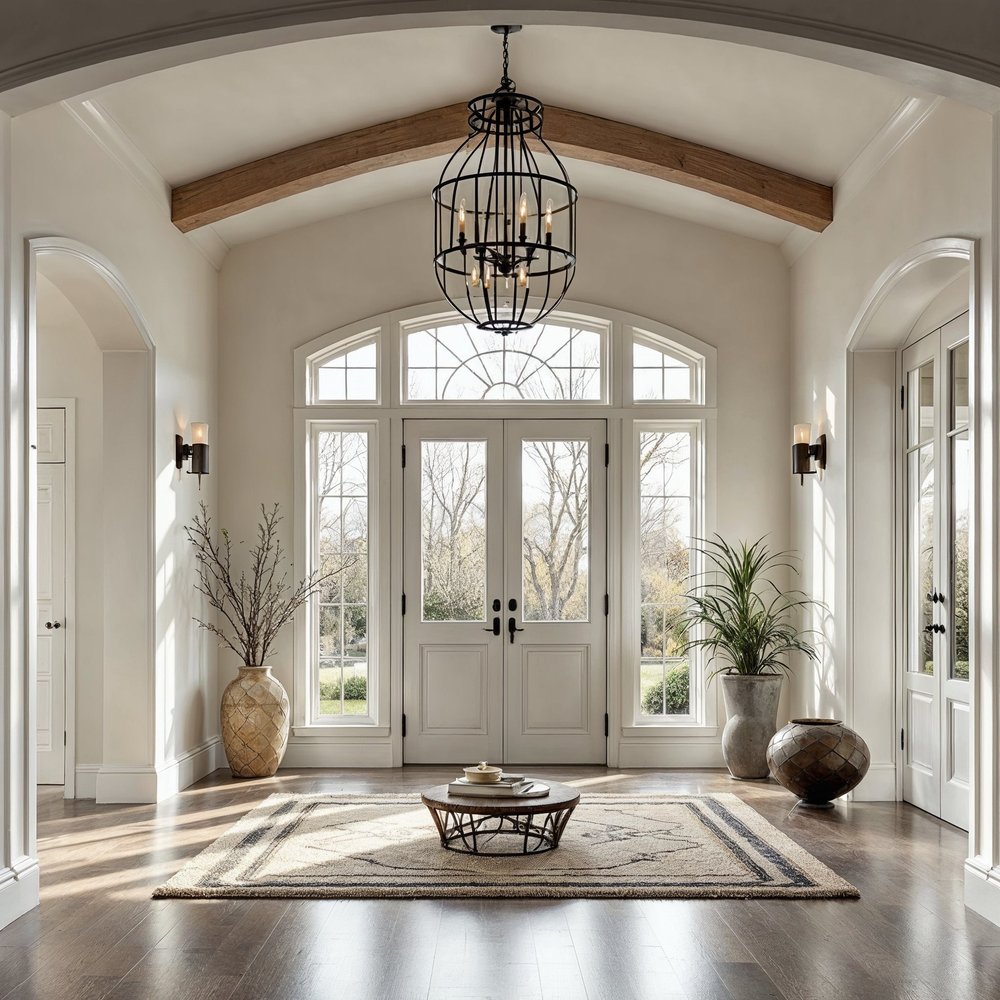Imagine walking through your dream home before a single brick is laid or exploring a commercial space that’s only a concept on paper but feels as real as your favorite café. Thanks to today’s architectural rendering technology, this isn’t some far-off fantasy — it’s happening right now, and it’s transforming how architects, builders, developers, and even homeowners interact with design like never before.
Let’s dive into the powerful tools and techniques shaping the architectural visualization landscape in 2025, and why they matter to anyone involved in shaping the built environment.
Real-Time Rendering: Design at the Speed of Thought
Remember when you had to wait for hours — sometimes days — for a rendering to finish? Those days are quickly fading away. Real-time rendering software, such as Lumion, Enscape, and Twinmotion, is changing the game by allowing designers to tweak and visualize projects instantly. Imagine sitting with a client, adjusting the color of a wall or the position of furniture, and seeing those changes take effect right before your eyes. This immediacy doesn’t just make presentations more exciting; it streamlines the entire design process by creating feedback loops faster and more intuitively.
The beauty of real-time rendering is in its interactive nature. Stakeholders can virtually explore spaces from different angles, lighting conditions, and times of day. It’s almost like a live video game, except you’re navigating a future home or office instead of an imaginary world.
AI’s Quiet Revolution Behind the Scenes
Artificial intelligence is also infiltrating the rendering world — but in ways that feel less like science fiction and more like helpful magic. AI algorithms can now significantly speed up rendering times by intelligently removing noise in images or even transforming rough sketches into polished visuals. This means designers spend less time waiting and more time creating. Some programs utilize AI to predict lighting behavior or automate mundane tasks, such as texture placement, which frees up artists to focus on the creative aspects.
While AI might sound like a buzzword, its real value lies in supporting human creativity rather than replacing it. In fact, many rendering tools offer AI-powered features that simply make the workflow smoother and quicker without losing artistic control.
Hyper-Realism: When Renderings Look Like Photos
One of the most jaw-dropping trends in 2025 is the push for ultra-realistic images that blur the line between rendered and photographed images. Thanks to advances in ray tracing technology — which mimics the behavior of light more accurately than ever — architects can show clients how sunlight filters through windows, how shadows shift throughout the day, or even how materials like wood and fabric respond to light.
Why is this important? Because the more realistic the render, the easier it is for everyone involved to understand the space and make confident decisions. When you see a lighting fixture casting the perfect glow on a textured wall, it’s easier to imagine living or working there. For developers, these renders become powerful marketing tools that help sell projects before construction begins.
Augmented and Virtual Reality: Step Inside Before Building
If pictures and videos weren’t immersive enough, welcome to the era of VR and AR in architecture. Virtual reality allows clients and architects to don headsets and ‘walk through’ buildings that exist only in digital form. This immersive experience offers a level of spatial understanding that flat images just can’t compete with.
Augmented reality takes it a step further by overlaying digital designs onto real-world environments through smartphones or AR glasses. For example, a builder might hold up a device on-site and see precisely where new walls will stand or how landscaping will look once completed.
These technologies enhance communication, reduce misunderstandings, and let everyone feel more connected to the project. Plus, they add a bit of the wow factor to presentations.
Cloud Collaboration: Everyone on the Same Page, Anywhere
Gone are the days when project files were stored on only one computer. Cloud-based rendering platforms enable architects, clients, builders, and developers to access up-to-date models and renderings at any time and from anywhere. This enhanced accessibility means decisions are made faster, revisions are shared instantly, and distance is no longer a barrier to productive collaboration.
Many tools now offer live commenting and version tracking so feedback is transparent, documented, and easy to act on.
What This Means for You
Whether you’re an architect crafting a bold new building, a builder managing the nitty-gritty details, a developer showcasing your next project, or a homeowner dreaming up your perfect space, knowing a bit about these emerging technologies gives you an edge.
You don’t have to become a rendering expert to benefit from them — but being aware of what’s possible helps you ask the right questions and choose partners who use these tools creatively and effectively.
Rendering is no longer just about creating visually appealing images. It’s about storytelling, decision-making, marketing, and collaboration. The correct visualization can save time, cut costs, boost sales, and most importantly, help turn visions into reality with confidence.
So next time you hear about real-time rendering, AI-assisted design, hyper-realistic images, or VR walkthroughs, remember these are not just flashy extras — they’re the future of how architecture gets made and appreciated. And that future is already here.
source
https://bobby-parker.com/architectural-rendering-blog/architectural-rendering-in-2025-the-tech-changing-how-we-design





























